File seasoning is a traditional spice blend made from dried and ground sassafras leaves (Sassafras albidum), primarily used as both a thickener and flavor enhancer in Cajun and Creole cuisine. Unlike roux or okra, file seasoning adds a distinctive earthy flavor with subtle notes of root beer and anise while providing a silky texture to dishes like gumbo.
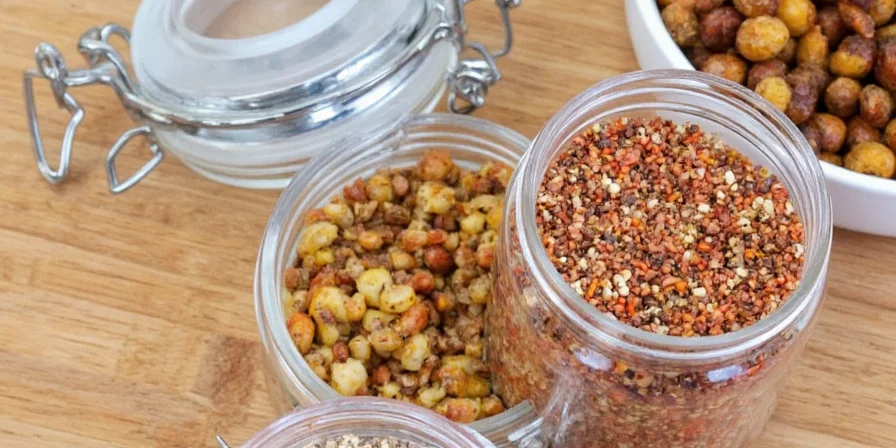
This guide covers everything you need to know about file seasoning - from its historical origins to modern culinary applications, safety considerations, and professional usage techniques. Whether you're making authentic Louisiana gumbo or experimenting with new flavor profiles, understanding file seasoning's unique properties will elevate your cooking.
File Seasoning Origins: From Native American Tradition to Cajun Staple
File seasoning's culinary history begins with the Choctaw Nation, who first used ground sassafras leaves to thicken and flavor stews. When French settlers arrived in Louisiana, they incorporated this technique into what would become classic Cajun cuisine. The name "file" comes from the French word for thread, referencing how the powder creates a silky texture in liquids.
Unlike roux-based thickening methods, file seasoning offers a distinct flavor profile that defines authentic Creole gumbos. Modern sustainable harvesting focuses on fallen leaves rather than cutting live branches, preserving sassafras tree populations while maintaining authentic flavor.
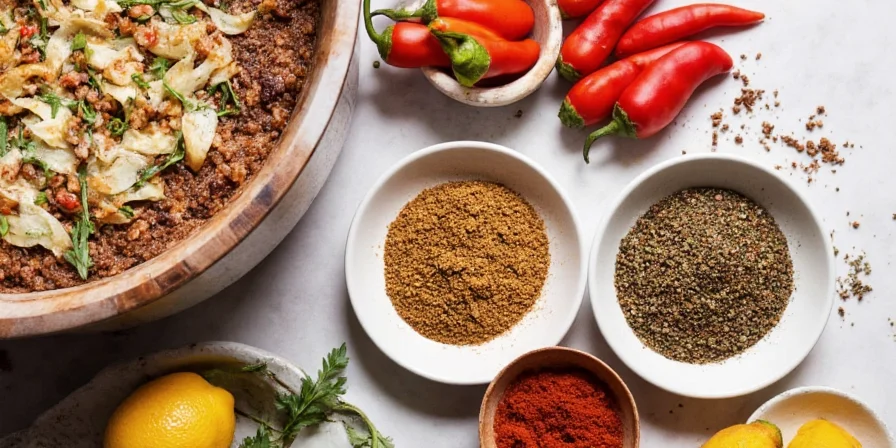
How to Use File Seasoning: Techniques and Applications
Proper usage is critical for achieving the desired texture and flavor. File seasoning's thickening power activates when added to hot liquids, but boiling destroys its binding properties. Follow these professional techniques:
- Temperature Control: Always add file seasoning after removing the pot from heat (below 180°F/82°C) and before serving to preserve its thickening ability.
- Quantity Guide: Start with 1/2 teaspoon per serving and adjust to desired thickness (typically 1-2 teaspoons total for a standard gumbo recipe).
- Combination Method: For authentic New Orleans-style gumbo, use file seasoning in addition to (not instead of) roux or okra for layered texture.
- Flavor Pairings: Combines exceptionally well with smoked meats, shellfish, and the "holy trinity" of onions, celery, and bell peppers.
- Modern Applications: Beyond gumbo, use in barbecue rubs, root beer-inspired glazes, and even craft cocktail bitters for subtle earthy notes.
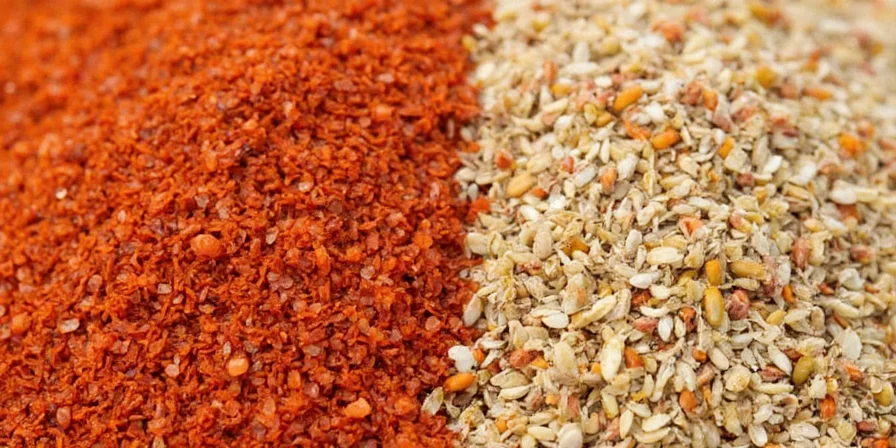
File Seasoning Safety and Nutritional Profile
While culinary use is generally safe, understanding sassafras chemistry is essential:
| Component | Concentration in Culinary Use | Professional Recommendation |
|---|---|---|
| Safrole (primary concern) | Naturally occurring compound in sassafras | USFDA limits to 200 ppm in commercial products; standard culinary use (1-2 tsp) poses negligible risk |
| Antioxidant compounds | Moderate levels of phenolic compounds | Contributes to traditional wellness practices when used in moderation |
| Digestive effects | Traditional use as digestive aid | No clinical evidence but historically valued in folk medicine |
| Nutritional value | Calorie-free, no significant macros | Primarily used for flavor/texture rather than nutrition |
Important: Commercially available file seasoning in the US has safrole removed to meet FDA regulations. Home preparation from wild sassafras requires caution - only use leaves from identified healthy trees and in moderation (max 1 tsp per serving).
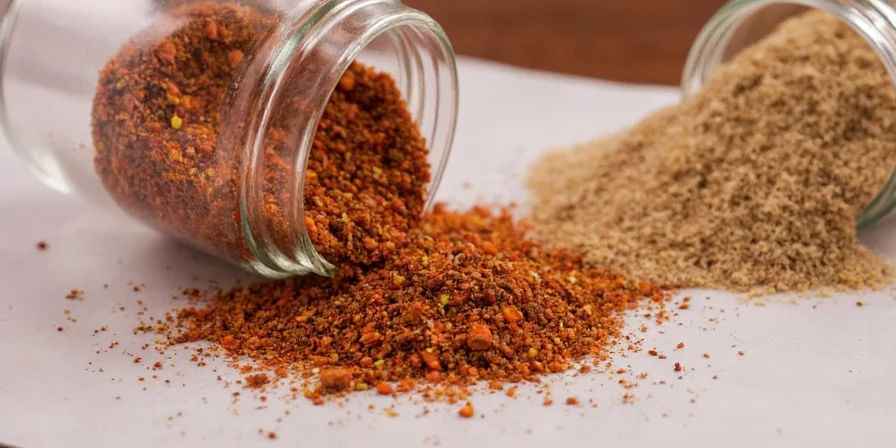
File Seasoning vs. Alternative Thickeners: When to Use What
Understanding texture differences is crucial for authentic results:
| Thickening Method | Texture Profile | Flavor Impact | Ideal Applications | Professional Tip |
|---|---|---|---|---|
| File Seasoning | Silky, slightly mucilaginous | Earthy with root beer notes | Authentic Creole gumbo, seafood stews | Add off-heat to preserve texture |
| Roux | Smooth, velvety base | Nutty, toasted depth | Classic Cajun gumbo, étouffée | Dark roux = deeper flavor, less thickening power |
| Okra | Distinctive viscous strands | Grassy, vegetal | Creole gumbos, African-inspired stews | Sear first to reduce sliminess |
| Cornstarch | Glossy, uniform thickness | Neutral | Asian sauces, quick fixes | Creates "slippery" texture disliked in traditional gumbo |
| Arrowroot | Clear, smooth | Neutral | Fruit sauces, dairy-based dishes | Superior to cornstarch for dairy applications |
Professional chefs often combine methods - using roux as the base thickener with file seasoning added at the end for authentic texture and flavor complexity. This layered approach creates the distinctive mouthfeel expected in traditional New Orleans cooking.
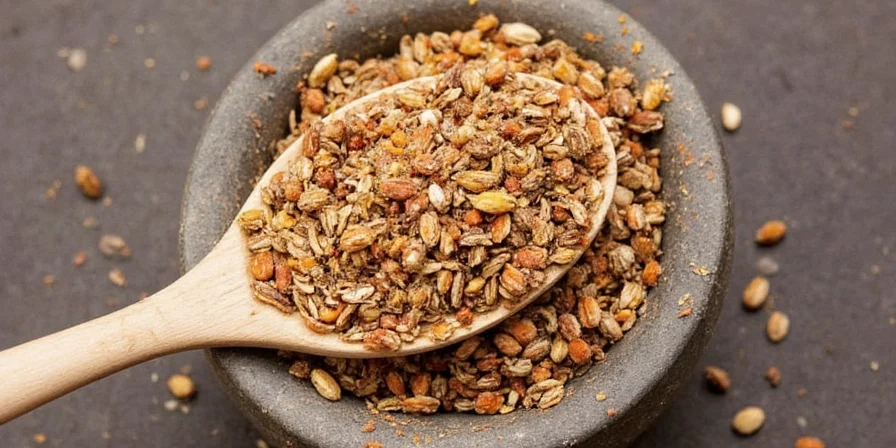
Buying and Storing File Seasoning: Professional Guidelines
Not all file seasoning is created equal. Follow these expert recommendations:
- Quality Indicators: Look for vibrant greenish-brown color (not gray or dull), fresh herbal aroma, and fine powder consistency. Avoid products with visible leaf fragments.
- Source Matters: Authentic Louisiana-made brands (Zatarain's, Tony Chachere's) offer consistent quality. Imported "file powder" may contain fillers.
- Storage Protocol: Keep in airtight container away from light. Refrigeration extends shelf life to 18 months (vs 6 months at room temperature).
- Freshness Test: Rub between fingers - should release aromatic compounds immediately. Stale product has minimal scent.
- Culinary Substitutions: For thickening: 1 tsp file = 1.5 tsp cornstarch + pinch wintergreen. For flavor: steep sassafras tea bags in broth.
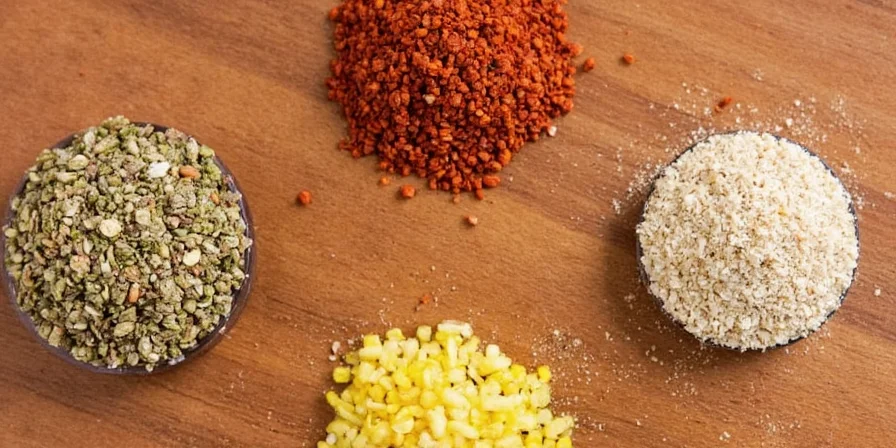
Authentic File Seasoning Recipes from New Orleans Chefs
These professional techniques deliver authentic results:
- Classic Chicken and Andouille Gumbo: After 3 hours of simmering roux-based broth, remove from heat. Whisk in 2 tsp file seasoning until fully incorporated. Let rest 10 minutes before serving for optimal texture development.
- Seafood Gumbo with Shrimp and Crab: Add file seasoning AFTER delicate seafood to prevent toughening. Stir gently to maintain shellfish texture while achieving signature thickness.
- Vegetarian Gumbo with Okra: Combine file seasoning (1 tsp) with sliced okra (1 cup) for layered thickening. The file enhances the okra's natural viscosity while adding depth.
- File-Infused BBQ Rub: Blend 2 tbsp file seasoning with 1/4 cup smoked paprika, 2 tbsp garlic powder, and 2 tsp cayenne for a uniquely Southern dry rub.
- File-Enhanced Roux Technique: For complex flavor profiles, add 1 tsp file seasoning to cooled dark roux before incorporating into gumbo for integrated flavor development.
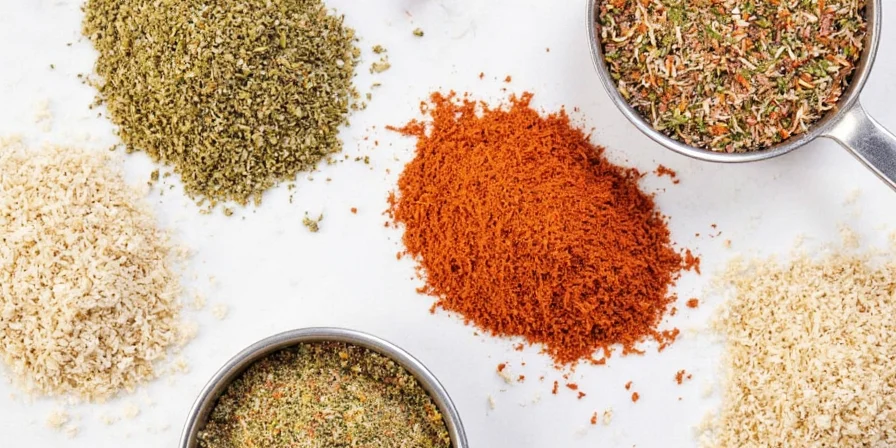
Mastering File Seasoning: Key Takeaways
File seasoning remains essential for authentic Creole and Cajun cooking, offering a unique combination of thickening power and distinctive flavor that cannot be replicated by other methods. When used properly - added off-heat in appropriate quantities - it creates the signature silky texture expected in traditional Louisiana gumbos.
Understanding the difference between file seasoning and alternative thickeners allows chefs to make informed decisions about when to use this specialized ingredient. While modern regulations have addressed historical safety concerns, respecting proper usage quantities ensures both culinary success and food safety.
For home cooks seeking authentic Southern flavors, keeping quality file seasoning in your spice arsenal enables you to create restaurant-quality gumbos with the distinctive texture and earthy complexity that defines this culinary tradition.
File Seasoning Expert Q&A
- What's the difference between file powder and file seasoning?
- These terms are used interchangeably in professional kitchens. Both refer to 100% ground sassafras leaves with no additional ingredients.
- Why does my gumbo get stringy when I add file seasoning?
- This happens when file is added to boiling liquid or overmixed. Always incorporate off-heat with gentle stirring to achieve smooth texture.
- Can I make file seasoning at home?
- Yes, but requires caution: collect only fallen sassafras leaves in autumn, dry thoroughly, then grind to fine powder. Commercial products have safrole reduced to safe levels.
- Does file seasoning expire?
- Yes - loses potency after 6 months at room temperature. Store refrigerated in airtight container for up to 18 months. Test freshness by aroma before use.
- What's the proper file seasoning ratio for gumbo?
- Start with 1/2 teaspoon per serving (typically 1-2 tsp total for 6-serving batch). Add gradually until desired thickness is achieved.

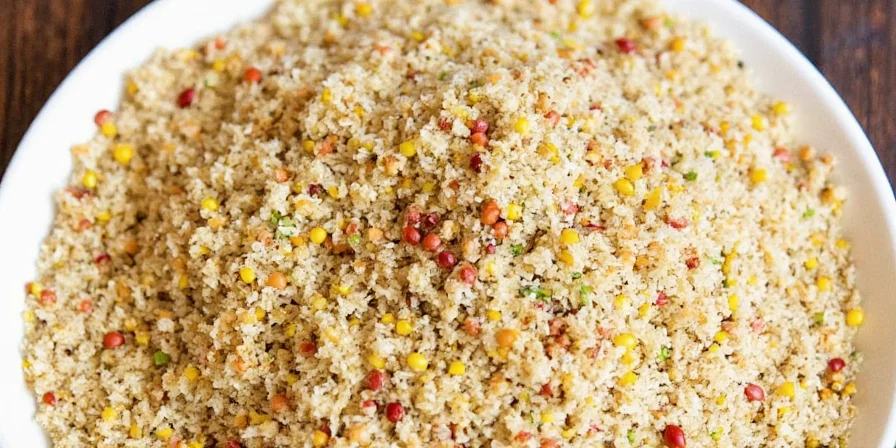









 浙公网安备
33010002000092号
浙公网安备
33010002000092号 浙B2-20120091-4
浙B2-20120091-4